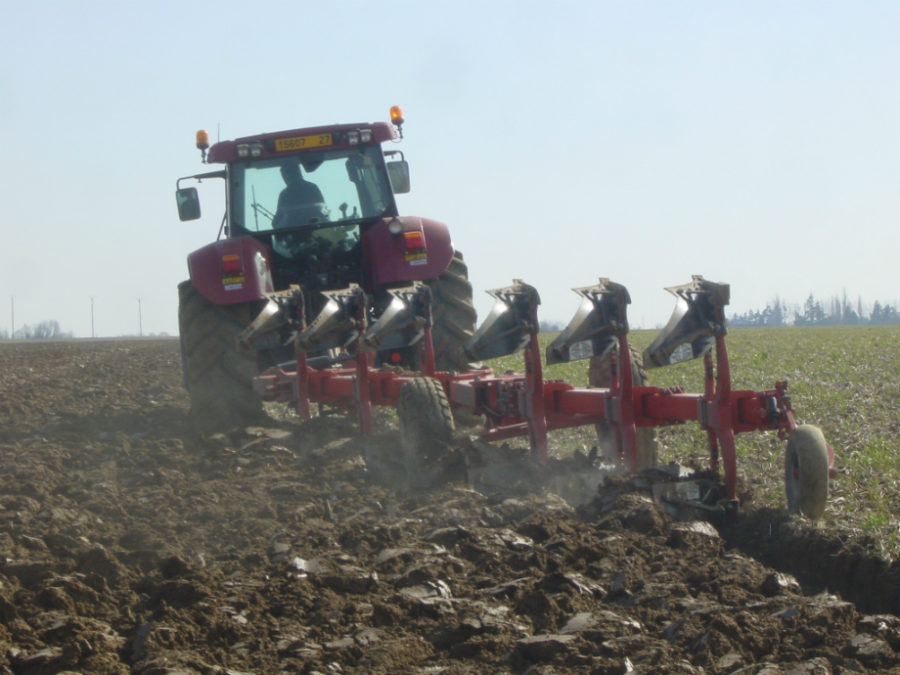Anticipating and adapting flax culture to the soils: a continuous challenge for the farmer
Flax is a short culture: the plant needs 100 days from the sowing to the blooming. The weather is a very high factor of uncertainty and thus of risk in flax culture.
Therefore, it is of prime importance to anticipate levers to better control some parameters that can strongly impact flax culture results. Among those levers, the farmer considers the soil where he will grow flax.
Before growing flax, the farmer needs to think about its culture rotation. The ideal rotation is usually between 5 to 7 years. It is of course the farmer’s choice, and choosing the right rotation is a key to anticipate some difficulties:
Firstly, the culture rotation helps to reduce the risk to develop diseases during the growing period.
As the flax vegetative cycle is short, the plant needs to develop long roots so as to draw the necessary elements from the soil.
In this respect, the choice of the preceding culture is a key: cereals are often cultivated before flax because they help to have a less compact soil structure enabling flax to develop its long roots.
Cereals, versus leguminous plants or rapeseed, also absorb some elements in the soil like Nitrogen. Too much Nitrogen in the soil causes a risk of lodging for flax. This is another reason for often choosing cereals as flax preceding cultures.
Generally speaking, alternating cultures is a good way to preserve the soils, also in order to fight against weeds.
The culture rotation is usually decided by the farmer with the support of its technical agent.
Not only must the farmer pay attention to its rotation but he must also be careful about the soil preparation.
As already mentioned, the soil preparation starts with the choice of the preceding culture.
Besides, an adequate soil preparation prevents the soils from being too compact: according to its nature, the farmer can thus decide to sow directly, without any tillage or to till in winter, or just after having harvested the preceding culture….

The farmer has to think about soil preparation: tillage is one option.
In the end, the seed variety and the density of sowing have to be chosen considering the nature of the soil and the farmer expectations: some soils are more favorable to flax growing (depending on their structure and also on the organic matter content), whereas other soils are less favorable to flax growing. In these different situations, an adapted seed variety and sowing density have to be chosen.
This interaction between the plant and the soil is part of the farmer know-how; it relies a lot on his passed experience too.
During the winter season, the TERRE DE LIN technical agents discuss with each farmer on how to optimize the growing conditions. The aim of these discussions is to help the farmer to choose how he will prepare the future culture campaigns. The rotation, the soil preparation, the choice of the seed varieties and of the sowing density are decided according to the farmer’s passed results and to the field where he will sow flax.

During the winter season, the farmer decides on how to optimize the culture conditions with the support of his technical agent.
This approach requires from the farmer to constantly challenge his methods and to anticipate the conditions for an optimal growing of the plant.


